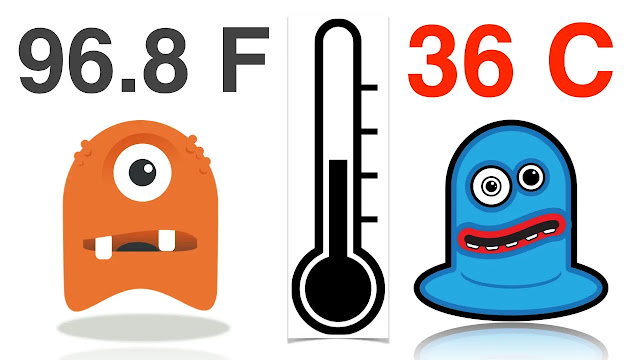The Fahrenheit scale is not often encountered by people in Europe and Asia. This can be seen as an option in weather forecast apps or in American movies.
On British websites, temperatures in °F are sometimes added to headlines to draw readers' attention to the "extraordinary" heat. For example, instead of "38 ° C", you can specify "100 ° F" - a kind of click bait.
In fact, the world has long since switched to the Celsius scale, and apart from the United States, the Fahrenheit scale is only used in a few small island nations, and in Africa's Liberia - all of which are historically linked to the United States. Before answering the question from the title, I propose to understand the differences between these methods of measuring temperature.
The History of Fahrenheit
The temperature scale popular in the United States was proposed by the German physicist Gabriel Fahrenheit in 1724. The first point on the thermometer is quite logically zero, which corresponds to the temperature of a mixture of water, ice and ammonia (-17.8 ° C). The second point is the human body temperature. The gap between them is divided into 96 equal parts - degrees Fahrenheit.
It turned out to be quite difficult to accurately reproduce these 2 temperatures in order to calibrate a thermometer, so the scale was later rethought, taking another reference point.
The first value is now the freezing point of water (32°F) and the second value is its boiling point (212°F). The gap between them is divided into 180 parts, gaining new degrees Fahrenheit.
For 18 years after its discovery, the Fahrenheit scale was the only reliable method of measuring temperature, so the Royal Society of London adopted it as the standard, extending it to its colonies, including the United States and Australia.
What is the difference between the Celsius scale?
18 years after the creation of the Fahrenheit scale, the Swedish astronomer and meteorologist Andres Celsius proposed his own measurement scale. If you compare them, then Fahrenheit thermometers are really more complicated and The Celsius idea is to make the coefficients on the scale a multiple of 10.
So, at 0 °C, water freezes and becomes ice, and at 100 °C, water boils. Agree, it is much more convenient to use in everyday life, and is also perfectly in tune with the metric decimal system of measurement. Therefore, around the 1790s, the Celsius idea was gaining momentum, and more and more countries were turning to its scale.
In 1965, even the UK switched to measurement in Celsius, at the same time switching to another metric system. But as a former British colony, the United States does not follow the example of other English speaking countries.
Why has the US remained loyal to Fahrenheit?
It should be noted that attempts to switch to the metric system, which includes the Celsius scale, have been made in the United States. So, in 1975, Congress passed the Metric Conversion Act. The country introduced a dual measurement system, which only caused confusion. In addition, the transition is considered voluntary, and therefore Americans do not consider it necessary to change old habits.
As a result, in 1982, President Reagan canceled the metrics campaign. And according to a 2015 survey, only 21% of the US population thought switching to metric measurements was a good idea.
The metric system, because of its convenience, remains the standard, including for American science and NASA. True, here too, this causes confusion and huge financial losses.
So, due to faulty navigational data in 1999, while landing on Mars, the Mars Polar Lander spacecraft, which cost $125 million, crashed. After that, NASA accelerated the process of transitioning to the metric system, completely ignoring miles, feet, etc.
In everyday life, Americans are in no hurry to switch to the metric system and to degrees Celsius in particular. First, no one wants to experience discomfort and re-learn, leaving the usual values behind. But don't think that only Americans are so lazy.
So, for example, we still measure atmospheric pressure in mmHg, as in the 18th century, whereas Pascal was used for this in the metric system. In the USSR, in the 1980s, they tried to turn to Pascals, but to no avail: confusion and discomfort led to the return of the good old millimeters of mercury.
The second reason is, oddly enough, the convenience of the Fahrenheit scale specifically for weather forecasting. The fact is that the difference between the freezing and boiling points of water in Celsius is 100 degrees, and in Fahrenheit it is 180. This means that by using °F, you can send 80% more accurate temperature data without using decimal fractions.





